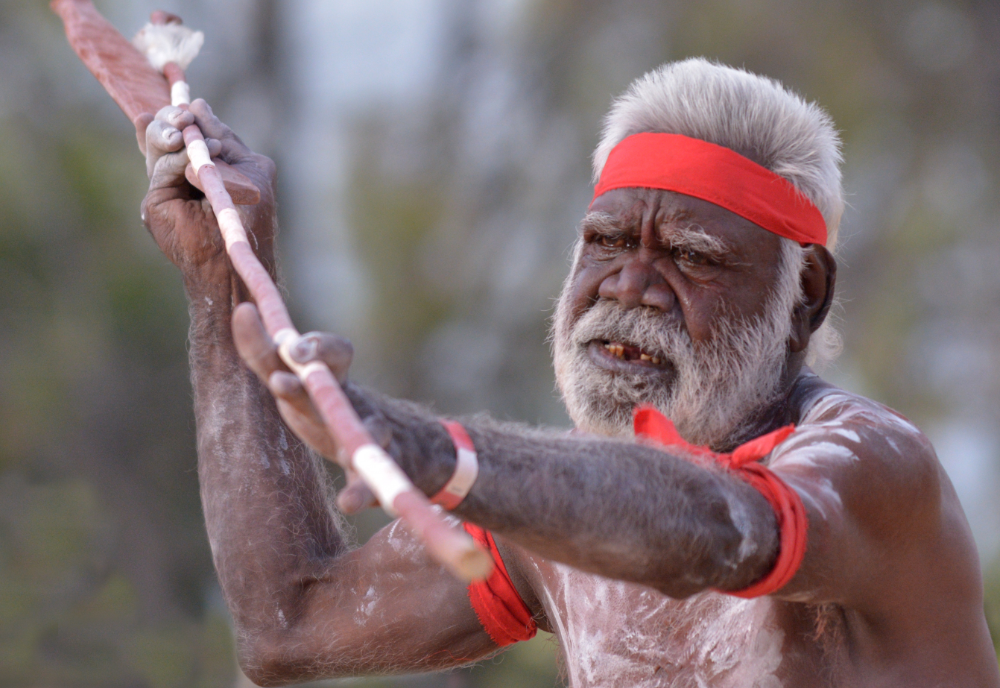The failure of the ‘Yes’ campaign in the Voice referendum came as no surprise given that the coalition opposed it. The only constitutional referendums to have succeeded enjoyed bi-partisan support. But the debate was intense, and an intriguing fact emerged worthy of further examination.
It was claimed by the Malaysian-Australian singer Kamahl on a television program that $40 billion is spent a year on Australia’s Indigenous people, who number about one per cent of the population.
This was immediately ‘fact checked’ – in the advertising break, no less – by the television staff and ‘corrected’. But it seems to be in the ball park.
A report by the Productivity Commission found that, in 2016, the spending was $33.4 billion across all services from federal, state and territory governments. In the intervening seven years, with natural growth, the figure is probably approaching $40 billion.
Proponents of the ‘Yes’ campaign accused those citing that $40 billion figure of spreading ‘mistruths’. It meant their messaging became mixed.
On one hand, they were claiming that First Nations people were just like all other Australian citizens; on the other hand, they wanted to change the Constitution to give them special status. It was not quite a contradiction, but it did not help their cause.
Neither side explored what should have been the obvious point. The expenditure – let’s take a low figure of $30 billion – is an extraordinary amount of money relative to the size of the economy. It represents about 1.2 per cent of Australia’s GDP and 4.3 per cent of annual tax revenue. It is more than twice Australia’s Medicare levy, a hefty health tax imposed on citizens.
It equates to about $60,000 a year for each Indigenous person – a solid middle-class income. If the money went directly to Indigenous people in rural and remote areas, it would roughly equate to about $300,000 a year, putting them into the very highest income bracket and turning them, over time, into millionaires.
Logically, the funding should go to rural and remote areas – about a fifth of the 550,000 Aboriginals – because it is deeply problematic, even from an administrative perspective, to treat any citizens in Australian cities as enjoying a special status.
In Australia’s vast outback, however, where the traditional Indigenous lifestyles are more likely to be observed, there is a more defensible rationale.
Of course, the money does not go directly to the Indigenous people; it is administered by government bureaucrats. That is probably a factor in why the only part of Australia to vote ‘Yes’ was the Australian Capital Territory, where Commonwealth government bureaucrats reside.
Selwyn Button, chairman of the Lowitja Institute and a partner of the consultancy PwC Australia, claimed that 82 per cent of the spending said to go to Indigenous Australians was going towards “indirect government services”, calling it a “mistruth” to say that Indigenous people had control and influence over where the money went. “It’s a very small proportion,” he said. Bureaucrats, it seems, call the shots.
Further analysis by the Lowitja Institute has shown that few gains have been made in improving the situation of Indigenous people. Such claims are made routinely by various government bodies – presumably after heavily investing in research and public relations campaigns – and used as a reason to increase expenditures.
It has the effect of intensifying the distress many Australians feel about the lot of Indigenous people, which conveniently provides cover for the large financial outlays. Conspicuously lacking is a rigorous self-assessment by those government bureaucracies of their own effectiveness.
It should be obvious that more expenditure is not the answer, especially if it is controlled by white middle-class bureaucrats who have never shown any evidence of having a sound understanding of Indigenous culture. And there is no reason to think they ever will.
As journalist John Pilger depressingly demonstrated in his film Utopia – his fourth on Australia’s history with Aboriginals – little has changed. Pilger’s style tends to be inflammatory and untroubled by nuance or competing views, but there is little reason to question his claim that no progress has occurred. If anything, the situation has worsened.
There are two implications. More of that staggering amount of money should go directly to Indigenous people in rural and, especially, remote areas. Instead of having white Australian bureaucrats deciding how the funds are allocated, it should go into the hands of the people it is supposed to help.
We know government bureaucrats cannot solve the problem, so the Indigenous people should get it. If they cannot fix their issues, then no-one can. At least it places the responsibility where it should be.
The second implication is that it should not be assumed that the problem can be solved with money. It is about the tragedies that occur when a modern European culture collides with one of the oldest pre-modern societies in the world. The response to that tragedy should be humility – a recognition of the limits of understanding and the limits of action.
A way has to be found for Indigenous people to have the opportunity to solve their own problems, because there is overwhelming evidence that government bureaucrats and politicians cannot.
If you wish to republish this original article, please attribute to Rationale. Click here to find out more about republishing under Creative Commons.
Photo: Shutterstock


